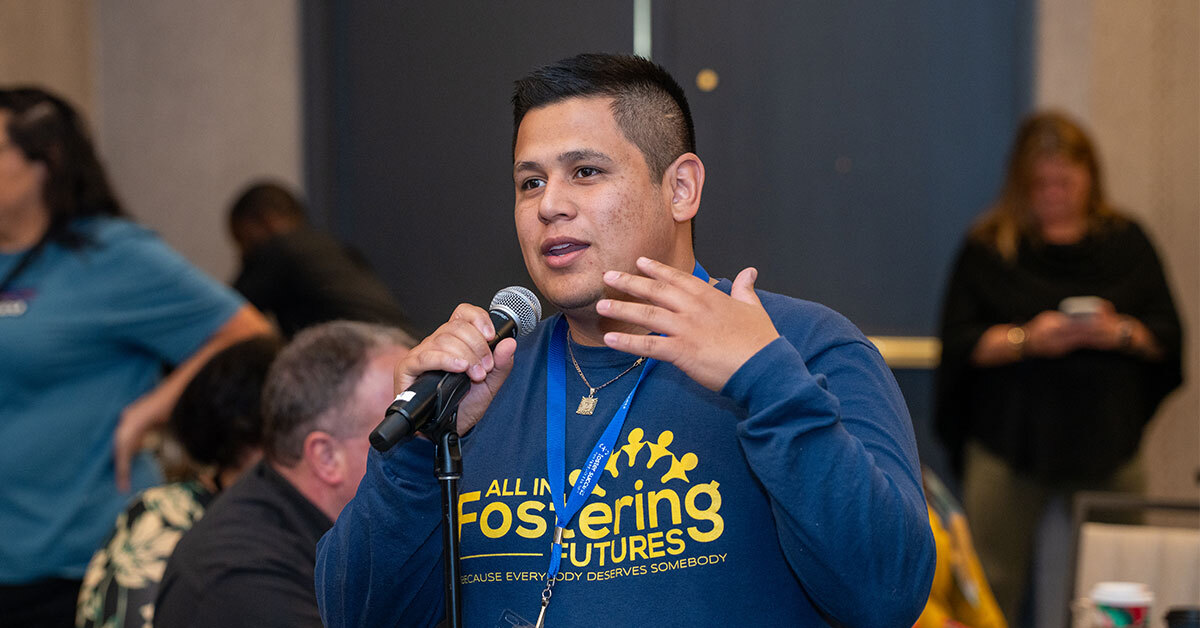New York City Example
In New York City, the number of children exiting the system to permanent families reduced the foster care population by 27% from 1996 to 2001. But, the number of teens in the system had increased, and nearly two-thirds were ending up in congregate care, often “aging out” with few prospects.







